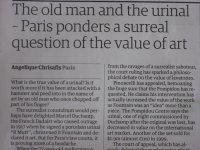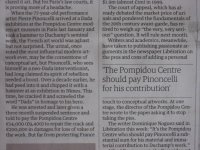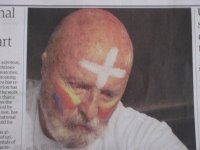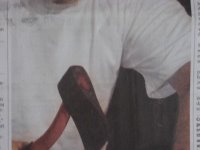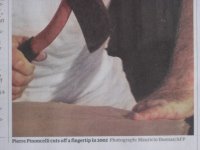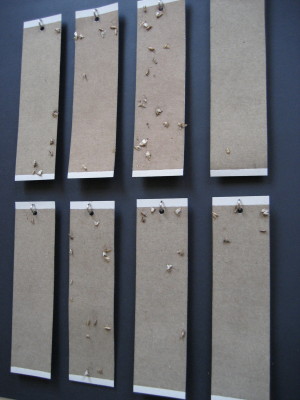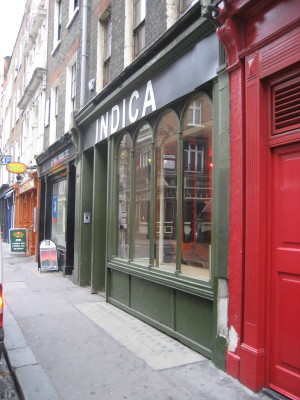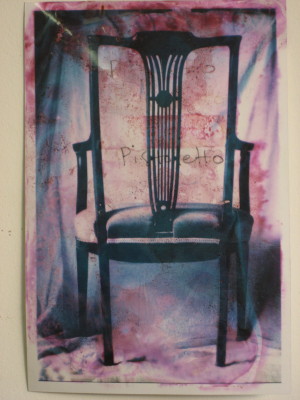Not Just Any Old 80th Birthday Party
Stan is self taught and no doubt his particular distinct way of playing carries the unusual stylings he has taught himself. He modestly states that this unconventional playing is more due to his inability to play in a conventional style, luckily for us the autodidact methods give us the amazing patterns and sounds that Stan can create on the piano.
In the Bulls Head in Barnes on Saturday night Stan Tracey played his annual birthday gig in the place that has become one of his regular London venues, this birthday was special as it marked his 80th year, with his son Clark on drums, Andy Cleyndert on bass, Bobby Wellins on tenor saxophone and Guy Barker on trumpet the band and audience celebrated with a great selection of jazz. I have seen Stan play regularly over the past few years and this gig was the most varied I have heard him play, whether it was a celebratory mood or perhaps a little nervous tension in response to the large and appreciative audience crammed into the small venue was difficult to determine. Stan is a shy and modest man and always appears to be focussed on the piano rather than the audience, his posture at the piano is unique but that hunched and slightly cramped looking posture creates the varied and unique notes, within several passages of music the playing can move between gentle Ellington styled fluidity, Monk like stabbed and abrupt abstractions, pared down lengthily spaced notes flow into an almost classical fluid movement to straightforward bebop patterns then almost pained thumping notes. Stan Tracey can take a jazz standard and change a straight tune into a collage of humour, pain, angst, aggression, modesty and arrogance in musical form, often these emotion fuelled notes underpin the unique styles of the band members and lead them into their solos with huge space for great improvisations. Many jazz artists can be seen as repeating clichés within their solos, the musicians on stage on this night are truly gifted and these clichés were not evident as they created arresting and imaginative improvisations, in particular the band gelled with the interplay between the members being particularly enjoyable. Guy Barker’s powerful trumpet stylings complemented by Bobby Wellins subtle melodic saxophone, Andy Cleyndert and Clark Tracey weaving humourous and playful spacings between bass and drums and all returning to Stan Tracey’s varied but never overpowering or showy style on piano. Of all the musicians Andy Cleyndert stood out tonight, his playing after the interval was brilliant and he was revelling in the freedom of his solos, he was smiling and enjoying the night and this shone through in his playing, he was obviously testing new things out tonight and he is reaching standards of playing on the bass which are setting himself apart as a truly imaginative musician. Wellins was a pleasure to watch, his playing was clean and his shared passages of music with Stan Tracey showed two men who after years of playing together can predict each others playing to complement whilst driving the music forward without losing the unpredictable edge that any great jazz tune needs, Wellins is also obviously a huge fan of the music and the interest and pleasure he took in watching his fellow band members showed great respect for their playing and his enjoyment at being able to share the stage with them. Clark Tracey was as always versatile but modest and Guy Barker showed an enjoyably strong powerful sound through the night only to impress even further by showing great subtlety with a moody but gentle ballad towards the end of the evening.
From Monk inspired music, to one of Tracey’s own compositions from his ‘Under Milk Wood’ album and a version of Monk's ‘Well You Needn’t’ to an unexpected almost straight funk tune towards the end of the gig this was an enjoyable night of music, the playing was great and was equalled by the atmosphere in this small venue at the back of this classic London pub.
Stan Tracey is a true musical hero and an inspiration, happy 80th birthday Stan.
